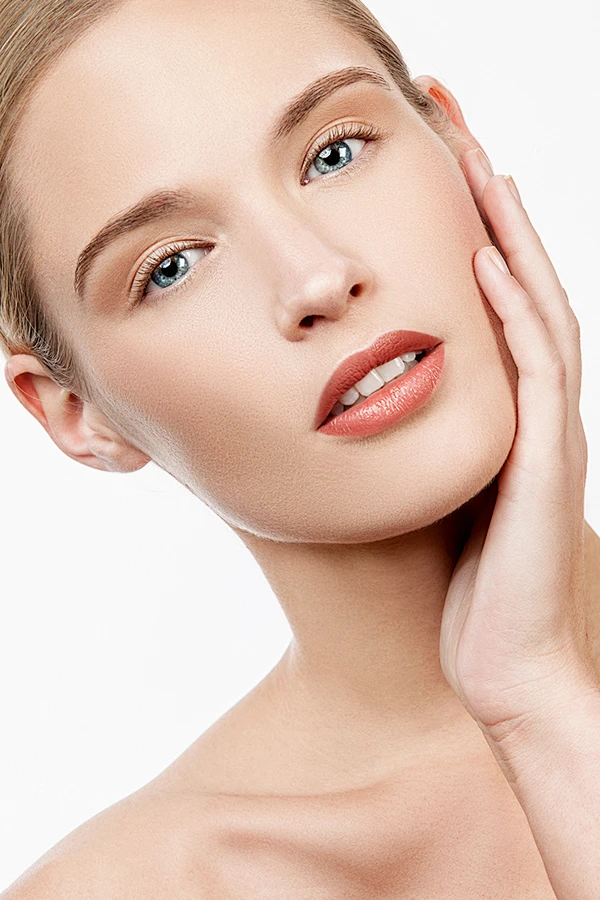Cleansing is the cornerstone of any skincare routine, but what you do after cleansing is equally important. The post-cleansing steps are crucial for replenishing moisture, protecting the skin, and addressing specific concerns such as aging, acne, or hyperpigmentation. These steps help to maximize the benefits of your entire skincare routine, ensuring your skin stays healthy, balanced, and glowing. In this article, we’ll explore the essential skincare steps to follow after cleansing.

1. Toning: Preparing the Skin
The first step after cleansing is applying a toner. Toners help to remove any residual impurities or makeup that your cleanser may have missed. More importantly, they help to rebalance the skin’s pH, which can be disrupted during cleansing. A balanced pH is essential for maintaining the skin’s natural barrier, preventing irritation, and allowing subsequent skincare products to penetrate more effectively.
Choose a toner based on your skin type:
- For oily or acne-prone skin, opt for a toner with salicylic acid or witch hazel to help control oil and prevent breakouts.
- For dry or sensitive skin, a hydrating toner with ingredients like hyaluronic acid or aloe vera can help soothe and moisturize.
2. Applying Serum: Targeted Treatment
After toning, the next step is to apply a serum. Serums are concentrated treatments designed to target specific skin concerns such as fine lines, dark spots, or dullness. Because they have a lightweight texture, serums can penetrate deeply into the skin, delivering active ingredients directly where they’re needed most.
There are various types of serums available, so choose one based on your skin’s needs:
- For aging concerns, look for serums containing retinol, peptides, or vitamin C to promote collagen production and reduce the appearance of wrinkles.
- For hydration, serums with hyaluronic acid or glycerin can help draw moisture into the skin, making it plump and supple.
- For brightening, niacinamide or vitamin C serums can help even out skin tone and reduce hyperpigmentation.
3. Eye Cream: Caring for Delicate Skin
The skin around the eyes is thinner and more delicate than the rest of your face, making it more prone to signs of aging, puffiness, and dark circles. Applying an eye cream after your serum can help address these issues and keep the eye area looking youthful and refreshed.
When selecting an eye cream, consider your primary concerns:
- For dark circles, look for ingredients like vitamin K or caffeine, which can help brighten and reduce puffiness.
- For fine lines, choose an eye cream with retinol or peptides to stimulate collagen production and smooth the skin.
- For hydration, opt for a formula with hyaluronic acid or ceramides to keep the delicate skin around the eyes moisturized.
4. Moisturizing: Locking in Hydration
Moisturizing is a critical step in any skincare routine, especially after cleansing and applying active treatments. A good moisturizer helps to lock in hydration, strengthen the skin’s barrier, and protect it from environmental stressors. It also creates a smooth, even base for makeup if you’re applying it in the morning.
Choose a moisturizer based on your skin type:
- For oily or acne-prone skin, a lightweight, oil-free moisturizer with mattifying properties can help control shine and prevent breakouts.
- For dry or mature skin, a richer, creamier moisturizer with ingredients like ceramides, shea butter, or squalane will provide deep hydration and nourishment.
- For combination skin, a gel-cream moisturizer can offer the right balance of hydration without being too heavy on oily areas.
5. Sunscreen: Daily Protection
The final step in your morning skincare routine should always be sunscreen. Sunscreen is essential for protecting your skin from the harmful effects of UV rays, which can cause premature aging, sunburn, and increase the risk of skin cancer. Even on cloudy days or when you’re indoors, it’s important to apply sunscreen as UV rays can penetrate through windows and clouds.
For best results, choose a broad-spectrum sunscreen with an SPF of at least 30:
- For oily or acne-prone skin, look for a non-comedogenic, oil-free sunscreen that won’t clog pores.
- For dry or sensitive skin, opt for a hydrating sunscreen with soothing ingredients like aloe vera or colloidal oatmeal.
6. Night Routine: Repair and Regenerate
In the evening, your skincare routine should focus on repairing and regenerating the skin while you sleep. After cleansing, toning, and applying serum, use a night cream or treatment designed to support your skin’s natural overnight repair processes.
- Night creams are often richer and more nourishing than daytime moisturizers, providing deep hydration and delivering active ingredients that work best overnight, such as retinol or peptides.
- Overnight masks can also be used a few times a week to give your skin an extra boost of hydration and nourishment.
In Conclusion
The steps you take after cleansing are crucial for maintaining healthy, radiant skin. By following a structured post-cleansing routine—starting with toning, applying serum, using eye cream, moisturizing, and finishing with sunscreen during the day—you can address specific skin concerns, protect your skin from environmental damage, and keep your complexion looking its best. Tailoring these steps to your skin type and needs will help you achieve optimal results and maintain a balanced, effective skincare routine.